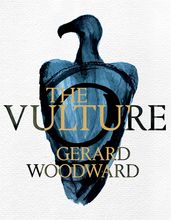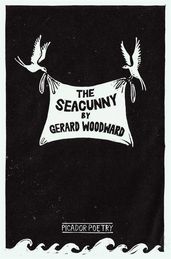Synopsis
There is no such thing as an ordinary life. But Kenneth Brill's is more extraordinary than most. By the time he is arrested for espionage towards the end of the Second World War he has an incredible story to tell.
Under interrogation he describes his unusual childhood, shares the decadent details of his training as a painter at the prestigious Slade School of Art in the 1930s and explains just why he was so very friendly with the prostitutes of London's Soho underworld; he narrates his heroic actions as a camouflage officer before El Alamein, when he helped pull off one of the greatest acts of deception in the history of warfare, and accounts for his part in a night-time break-in of the royal residence of Buckingham Palace.
This is a life lived to the full, whether as son, friend, lover, teacher or pupil. The only question is: whose side is he really on?
'A huge, complex novel, at turns both blackly funny and bleakly moving, driven by truly original characters' Daily Mail
'Clever, subtle, and rewarding' Times Literary Supplement
Details
Reviews
This is a huge, complex novel, at turns both blackly funny and bleakly moving, driven by truly original characters, rich in obscure pieces of knowledge, evocative of a long-lost, little-known past, and always absorbing - in a word, a masterpiece.
A sprawling novel of war, betrayal, art and the truth of storytelling itself
Tantalising . . . playful yet sombre . . . What impresses is how Woodward uses first-person narration to illuminate his protagonist's troubled psychology without direct statement . . . An elegy for a lost England and an exploration of repressed sexuality, Vanishing is . . . the work of an intelligent author pursuing his own path.
Clever, subtle, and rewarding . . . an ambitious investigation into the nature of truth . . . ingenious





